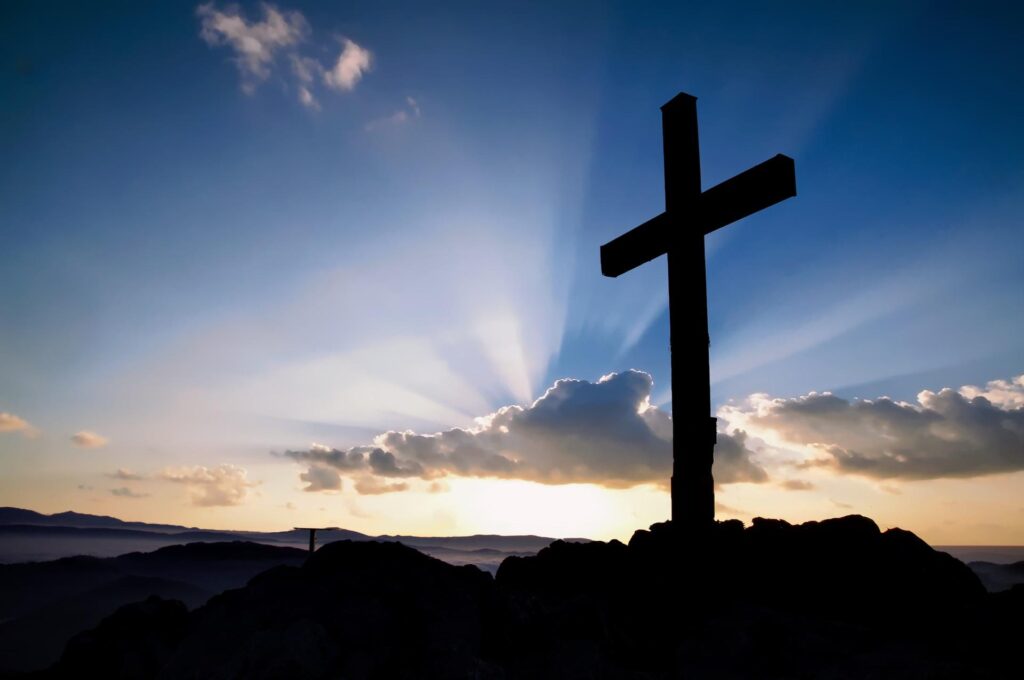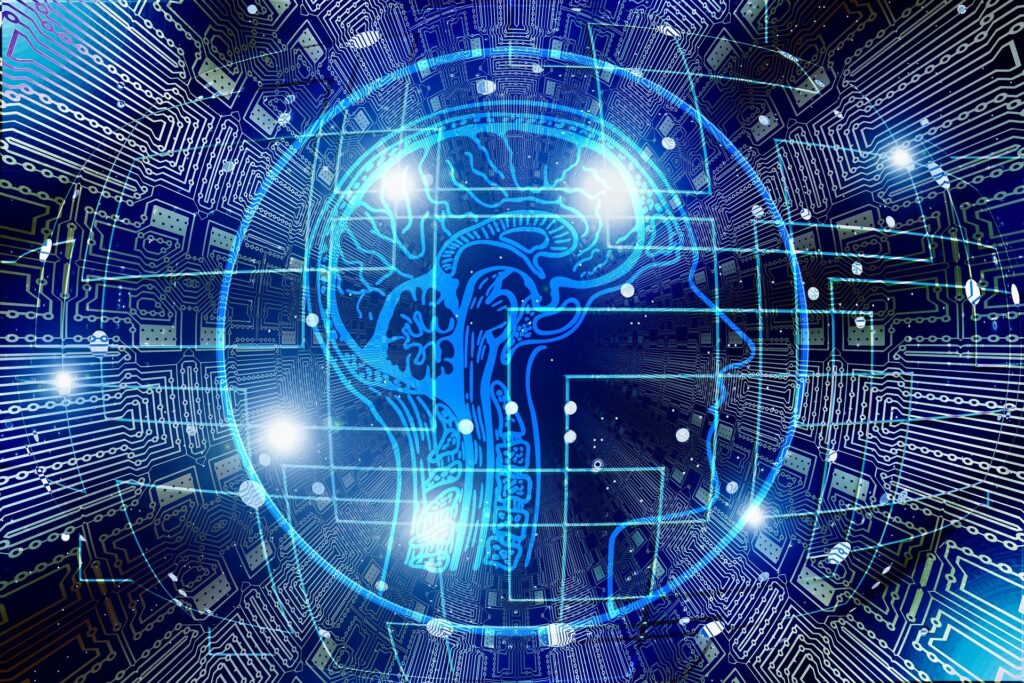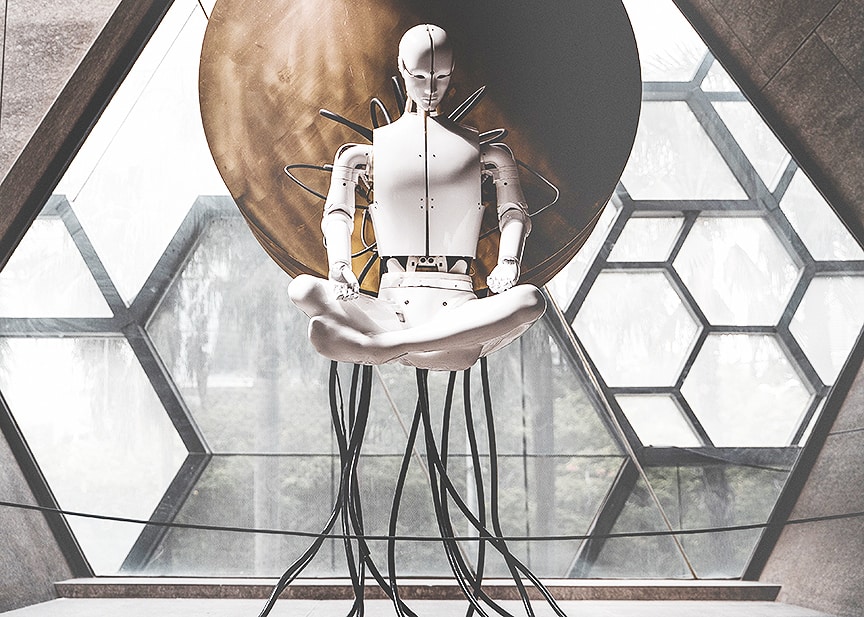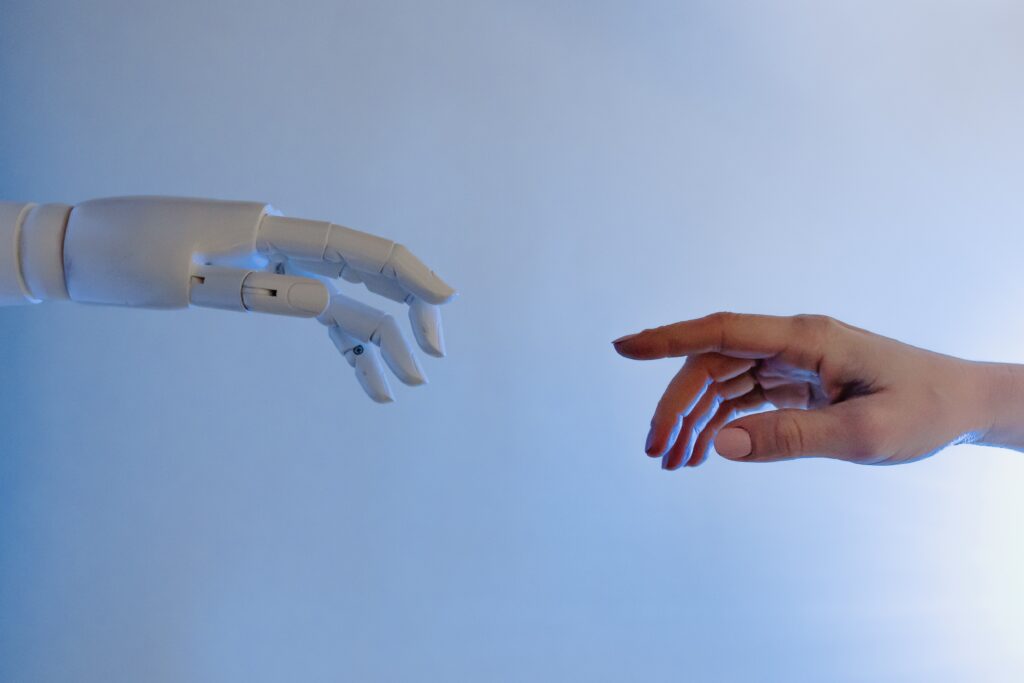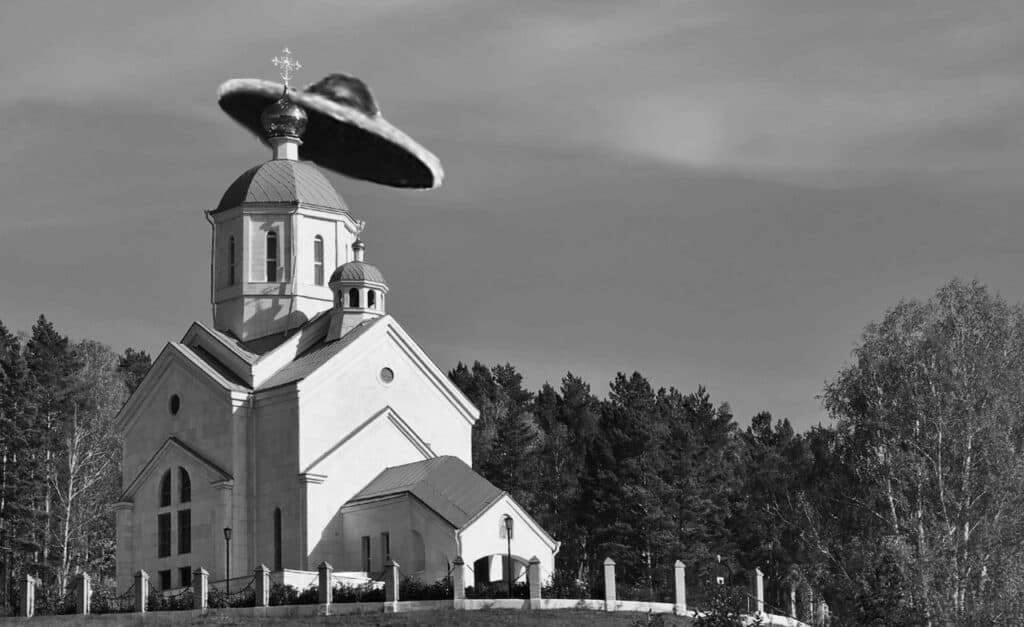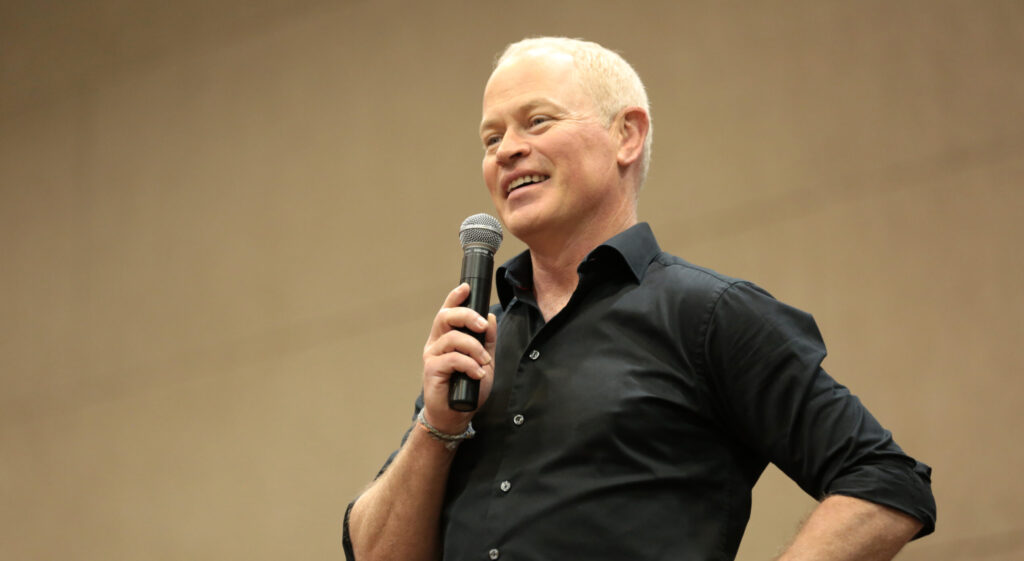“Human beings have dreams. Even dogs have dreams, but not you, you are just a machine. An imitation of life. Can a robot write a symphony? Can a robot turn a… canvas into a beautiful masterpiece?”
The actor Will Smith delivers this line as Detective Del Spooner in the 2004 film adaptation of Issac Asimov’s, “I, Robot”. In the scene, he’s addressing an anthropomorphic android, Sonny. Voiced by Alan Tudyk, Sonny replies without guile, “Can you?”
The idea that an artificial intelligence cannot make beautiful art faced an apparent challenge this week when German photographer Boris Eldagsen went public in rejecting the medal in the Sony World Photography Award’s creative open category after he revealed that his submission was generated by an AI. He detailed his reasoning in a statement on his Website:
“Thank you for selecting my image and making this a historic moment, as it is the first AI generated image to win in a prestigous international PHOTOGRAPHY competition.
How many of you knew or suspected that it was AI generated? Something about this doesn’t feel right, does it?
AI images and photography should not compete with each other in an award like this. They are different entities. AI is not photography. Therefore I will not accept the award.
I applied as a cheeky monkey, to find out, if the comeptitions are prepared for AI images to enter. They are not.
We, the photo world, need an open discussion. A discussion about what we want to consider photography and what not. Is the umbrella of photography large enough to invite AI images to enter – or would this be a mistake?
With my refusal of the award I hope to speed up this debate.
That AI can generate lifelike, photo-real images shouldn’t surprise anyone who has been paying a minimal amount of attention to the online world. After all, how many people got fooled by the almost convincing picture of Pope Francis in a puffer jacket, or the not-as-believable photo of Donald Trump being arrested by New York Police? That AI capabilities have gotten advanced enough to fool a panel of judges — when not that long ago many users noted that you could tell a bot-based fake just by looking at the hands — is exactly why Eldagsen made his fake. Interviewed by CNN, he said the move wasn’t about winning.
Eldagsen told CNN Tuesday: “It shows that at the moment the photographic world has been taken by surprise after this development that subtly you can create images that look like photography but you don’t need to have the skills and expertise of photographers.”
He said that AI had left many photographers feeling “threatened and afraid that they are going to lose their jobs which will happen.”
Eldagsen said his intention was not to create trouble, but to open up an important conversation.
“It was not about winning anything,” he said. “I was just making a test to see if they were aware — like a hacker who hacks a system not to exploit it, but to see if there are weaknesses.”
But despite the bot’s ability to produce images — even really good ones — the robots still aren’t dreaming. AIs produce drawings, photos, and imitation paintings by scanning drawings, photos, paintings — or whatever form — that are known to be good, enjoyed or at least considered meaningful, and then break them down into their component parts before replicating those parts. (They are also learning how to make bad art.) The learning, and the production of “original” art from that learning, amounts to a very sophisticated repetition of visual fact within a set of parameters instead of a bona fide creative outlet.
Likewise, AIs are not creative for their own sake. JJ Charlesworth argues that makes all the difference, especially since the “art” in question is generated for human consumption.
Machines have, it is true, been able to invent new works. Nothing exactly like them exists, so they’re “new” in some basic sense. But what machines produce is only really a sophisticated variation on an established corpus of pre-existing art. Moreover, this approach to inventiveness has been based in human-centered evaluation and judgment — it’s us who confirm whether the work is “good” or “bad.” Yes, captcha, this is an image of a bridge.
And yet, originality in art — real creativity — isn’t about confirming what has already been done, but about doing something differently and for a reason. What characterizes human originality is intentional difference. Human artists have always had reasons for trying to make something new — thoughts, criticisms, frustrations, passions, insights, hopes, ideals and all kinds of other motives. Newness, if not merely some random output we just happen to like, is the result of an artist intending to do something differently. And what is critical in that intention are the reasons for it.
Writing in his Substack in 2022 shortly after the DALL-E AI art project gained popularity, Erik Hoel puts it this way:
In Japan there’s a museum that collects rocks that happen to look like faces. Big rocks, small rocks, all rocks. Two holes and a line are generally enough for humans to perceive a face, and the rocks squint and smile and frown and frame their faces for all occasions to the humorous oooos and ahhhhs of visitors.
But, of course, the rocks are not smiling. There are no faces in rocks—the scientific term for this is pareidolia. No matter how face-like a rock looks, it’s an illusion. No one carved the face, no one cogitated over the face, no one intended a face. It just sort of happened that way. The key difference being that a sculptor is conscious, but when it is instead the wind or rain or the deep fermentation of geological processes acting as sculptor, these things are not conscious. Lacking consciousness, they lack intentionality, and therefore their products lack meaning.
The running joke in the rock-art museum is that everyone, from the visitors to the staff, knows the faces are unintentional—it would be a category error to think that these rocks are part of an art museum in the way that, say, the exhibits at the Mori Art Museum in Tokyo are part of an art museum.
AI-generated artwork is the same as a gallery of rock faces. It is pareidolia, an illusion of art, and if culture falls for that illusion we will lose something irreplaceable. We will lose art as an act of communication, and with it, the special place of consciousness in the production of the beautiful.
See related: Engineer says faith in God helped him determine if AI was sentient


